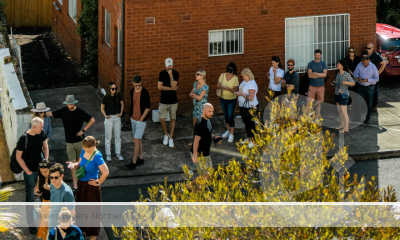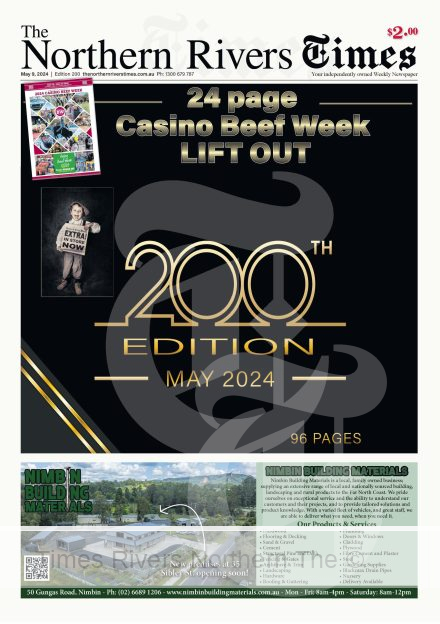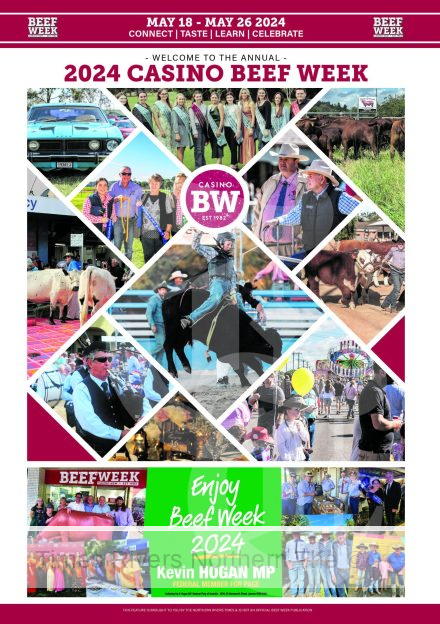Controversial centre costs blow out
By Tim Howard
An update on the progress of the controversial Treelands Drive Community Centre in Yamba reveals its cost has blown out to almost $18 million.
An original cost estimate in 2018 when the proposal went out for public comment was $10.7 million.
Advertisements

When the tender was accepted late last year it was $16.25 million which has now risen to $17.9 million.
It’s acknowledged there have been a number of design changes in that period, but some of these were considered necessary to keep costs down.
Clarence Valley Council released the information last week, also revealing a completion date of June 2025.
While heavy machinery was rapidly removing the original community centre in West Yamba, community members have continued to question the decision-making process that led to it.
The latest question to be answered concerns the legal advice which convinced the Clarence Valley
Council to change tack early last year after it had resolved just two months earlier to refurbish the original building and extend the existing building to include a library at the back.
At the February 28 meeting last year, the council voted to rescind its resolution made in December 2022, to pursue a refurbishment of the original centre, a proposal labelled Option B.
The rescission motion was always controversial.
It did not have the signatures of three councillors calling for the rescission and was instead raised by staff, who flagged concerns Option B would lose it’s the $11.1 million Bushfire Local Economic Recovery grant.
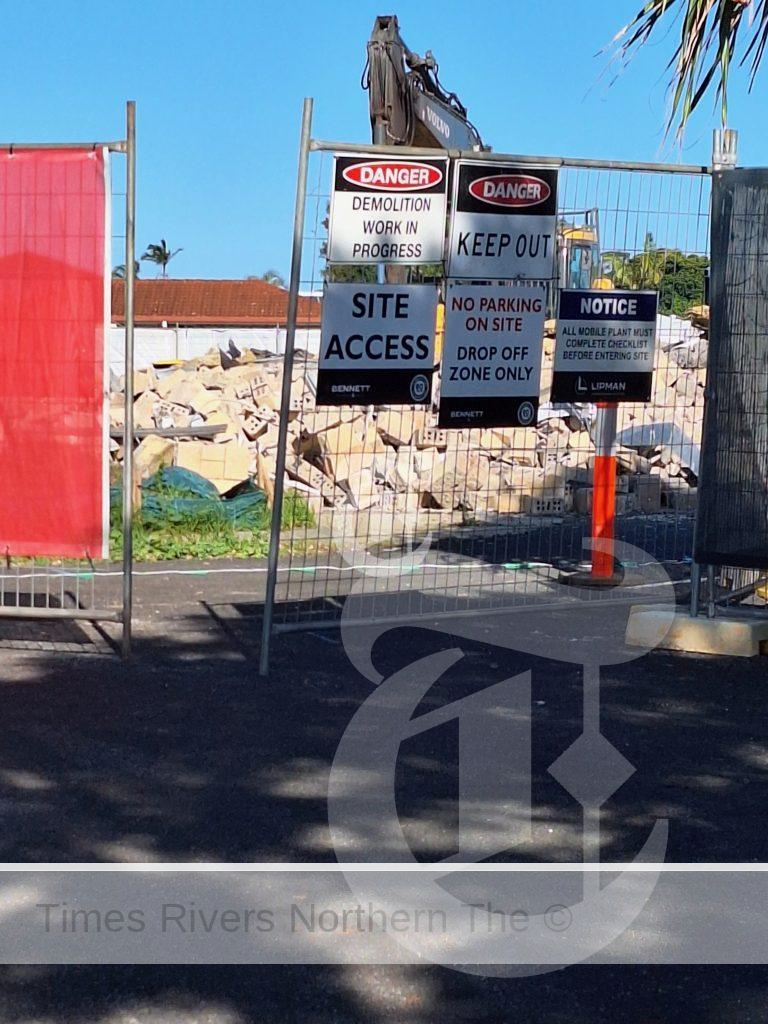
An update on the progress of the controversial Treelands Drive Community Centre in Yamba reveals its cost has blown out to almost $18 million.
Councils’ business paper also said Option B did not meet the grant guidelines and the approved allocated funding.
It also relied on some legal advice from the Office of Local Government that has since become contentious.
The advice, which then Mayor Cr Ian Tiley read to the council on February 28, caused a number of councillors to change positions and support Option A, which resulted in the success of the rescission motion.
Cr Tiley told the council the OLG believed the section of the Local Government Act, 372, did not apply in this instance because conditions had changed and the section of the Act requiring councillor intervention did not apply.
But councillors were not informed of the second paragraph of the OLG advice that read: “I should flag however that the position is not entirely clear and this is very much a “vibe”-based view and does not have a solid legal basis.”
This latest information follows the revelation late last year that the BLER funding body had advised the council in March that Option B would have been permissible under its guidelines.
Yamba CAN secretary, Mrs Cairns said this latest revelation cast doubt over the decision and she doubted if councillors would have been as ready to switch their votes if that part of the advice had been read out.
She said it had taken eight months for the council to find this email after Yamba CAN lodged a GIPA request in March 2023.
“Council undertook two searches for the email and informed Yamba CAN in writing that it could not be located, or it was probably a phone call or if there was correspondence it would likely offend under the GIPA Act,” Mrs Cairns said.
“Council undertook another search following a recommendation on August 17 2023 from the Information and Privacy Commission and still couldn’t locate the email.
“Eight months after the GIPA request was lodged, the missing email was unexpectedly provided on November 15 after Yamba CAN lodged a GIPA request for a different document.
“Upon inquiry, council informed us the missing email was located in a senior staff member’s email inbox.”
Mrs Cairns said the design approved for the centre varied from those used to obtain the BLER grant.
She said councils request for tender for the new building contained a commercial kitchen of 93 sqm with a walk-in cool room and a dedicated multi-purpose under cover youth/early learning space with outdoor fenced area.
“The plans that was provided to the community in March 2023 have a 31.9 sqm community kitchen without a cool room and the youth space is now an area beside the driveway that is not under cover, has no fenced area and is shared with the mobility drop off point,” she said.
“It appears none of these changes were officially approved as required by the Department of Regional NSW.”
She said the “commercial kitchen” which was still in the council description of the project, was a sore point between the council and staff administering BLER grants at the Department of Regional NSW.
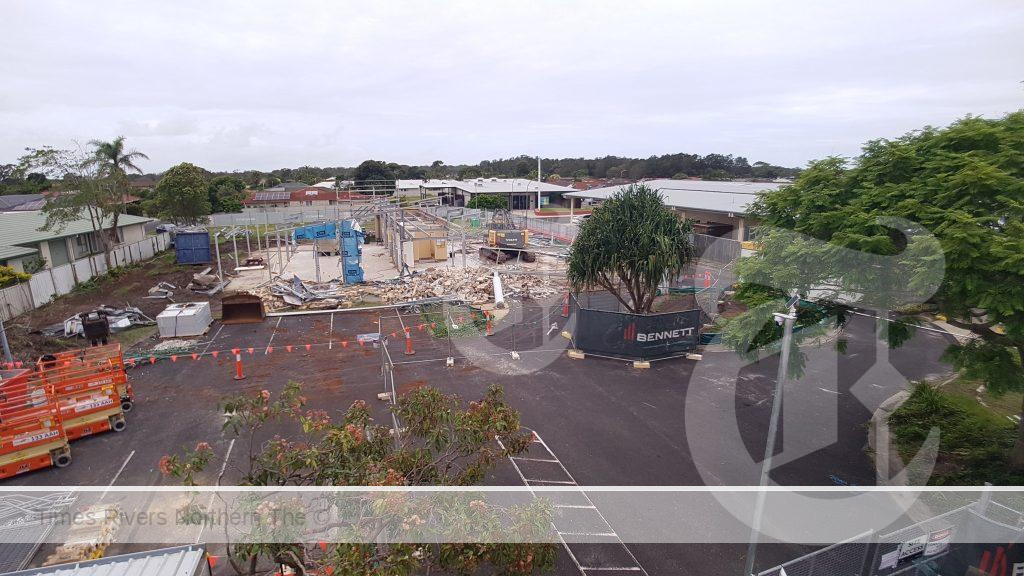
Work is progressing quickly on the demolition of the Treelands Drive Community Centre. The council has said the new centre will be finished on the site by June 2025.
She said the council has insisted on retaining its description of the kitchen as “commercial” even though the appliances have been downgraded.
She said an email trail discovered between council staff and the government revealed the Department had concerns about this and recommended the council change the description of it to “community kitchen”.
But the council has insisted it will fit out the space to commercial standard.
“A commercial kitchen is intended to fulfil an opportunity for revenue when the centre is hired and/or when events relating to the other expanded uses, are organised,” said one email to the Department from the council.
Mrs Cairns said it was clear the council never seriously considered Option B.
She said even when it became the council’s choice in late 2022, council staff were not progressing it.
“We found a number of emails from the BLER funding people asking council for information about the new option, but council did not reply,” Mrs Cairns said.
Council staff engaged an architect and provided a brief to develop a concept design for Option B, but put the architect on hold until it was determined at a council meeting which option council would pursue. The plan council provided for Option B was a rough diagram on a piece of paper.
This culminated in the March 16 email from the DRNSW office that read “we were aware Council were working on Option B and it would have been a permissible scope variation (i.e. to refurbish the existing centre, rather than knockdown/rebuild, in order to deliver the project within the available funds)”.
Mrs Cairns said the TDCC demolition and construction would go is going ahead, but the way the project progressed should be questioned.
She said the decision lacked transparency and accountability.
“Why were councillors required to make a decision without being provided important information?” she said.
The council response to a request for comment was brief.
“Throughout the project councillors have been kept well-informed through reports to council and a number of workshops,” a spokesperson said.
“Option B, discussed in late 2022 was not progressed as it was a 100% council funded project without a funding strategy and an approved budget to progress.”
For more Yamba news, click here.
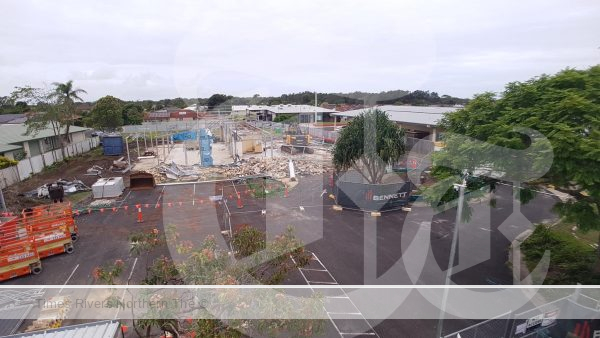
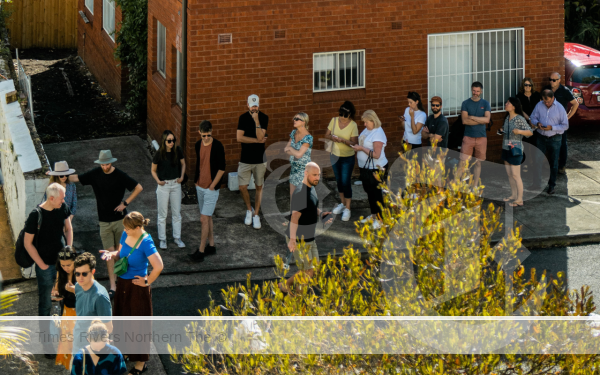



 Tweed Shire News2 years ago
Tweed Shire News2 years ago
 Motoring News1 year ago
Motoring News1 year ago
 COVID-19 Northern Rivers News3 years ago
COVID-19 Northern Rivers News3 years ago
 COVID-19 Northern Rivers News3 years ago
COVID-19 Northern Rivers News3 years ago
 Northern Rivers Local News3 years ago
Northern Rivers Local News3 years ago
 Health News3 years ago
Health News3 years ago
 COVID-19 Northern Rivers News3 years ago
COVID-19 Northern Rivers News3 years ago
 NSW Breaking News3 years ago
NSW Breaking News3 years ago













